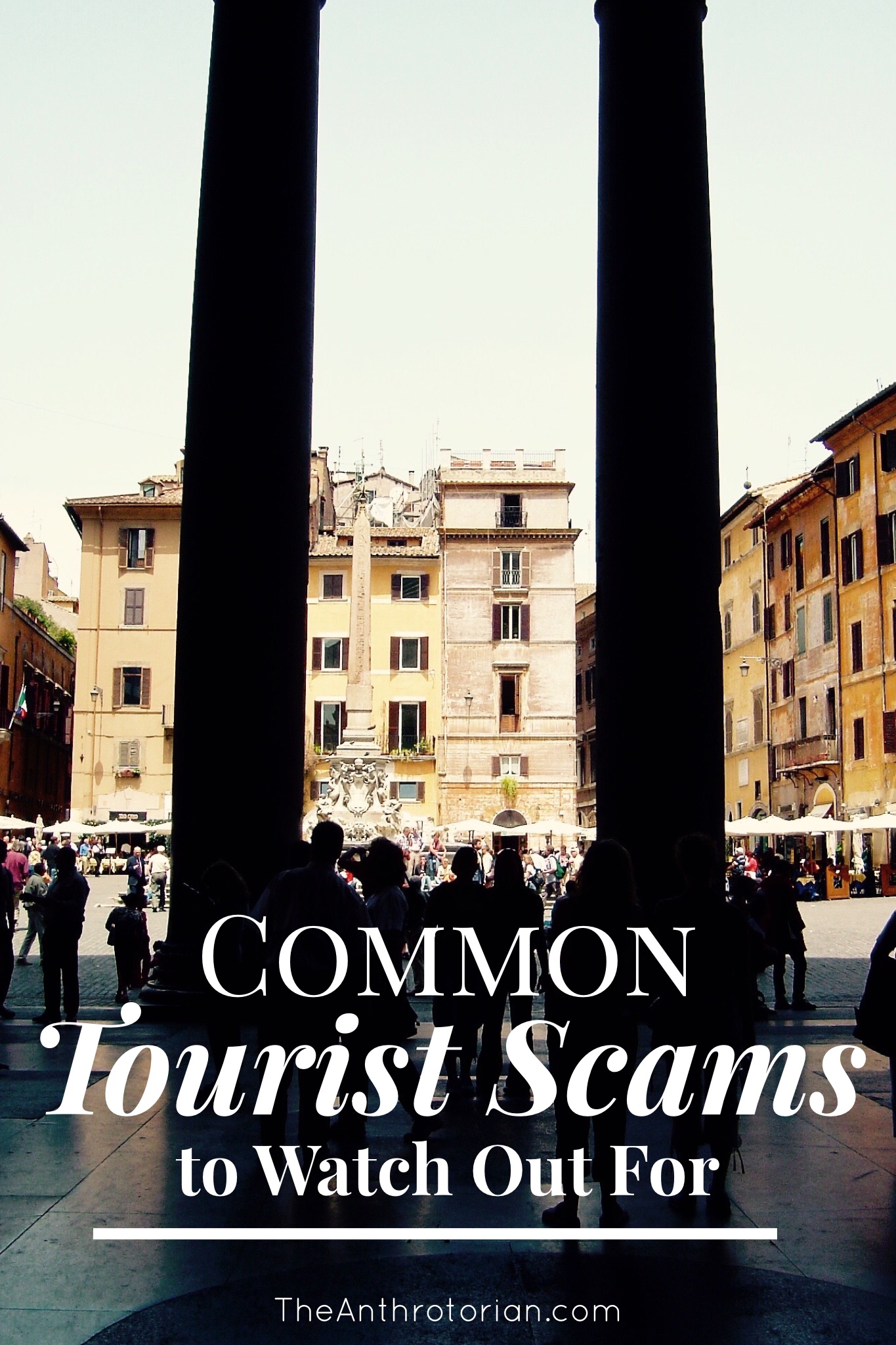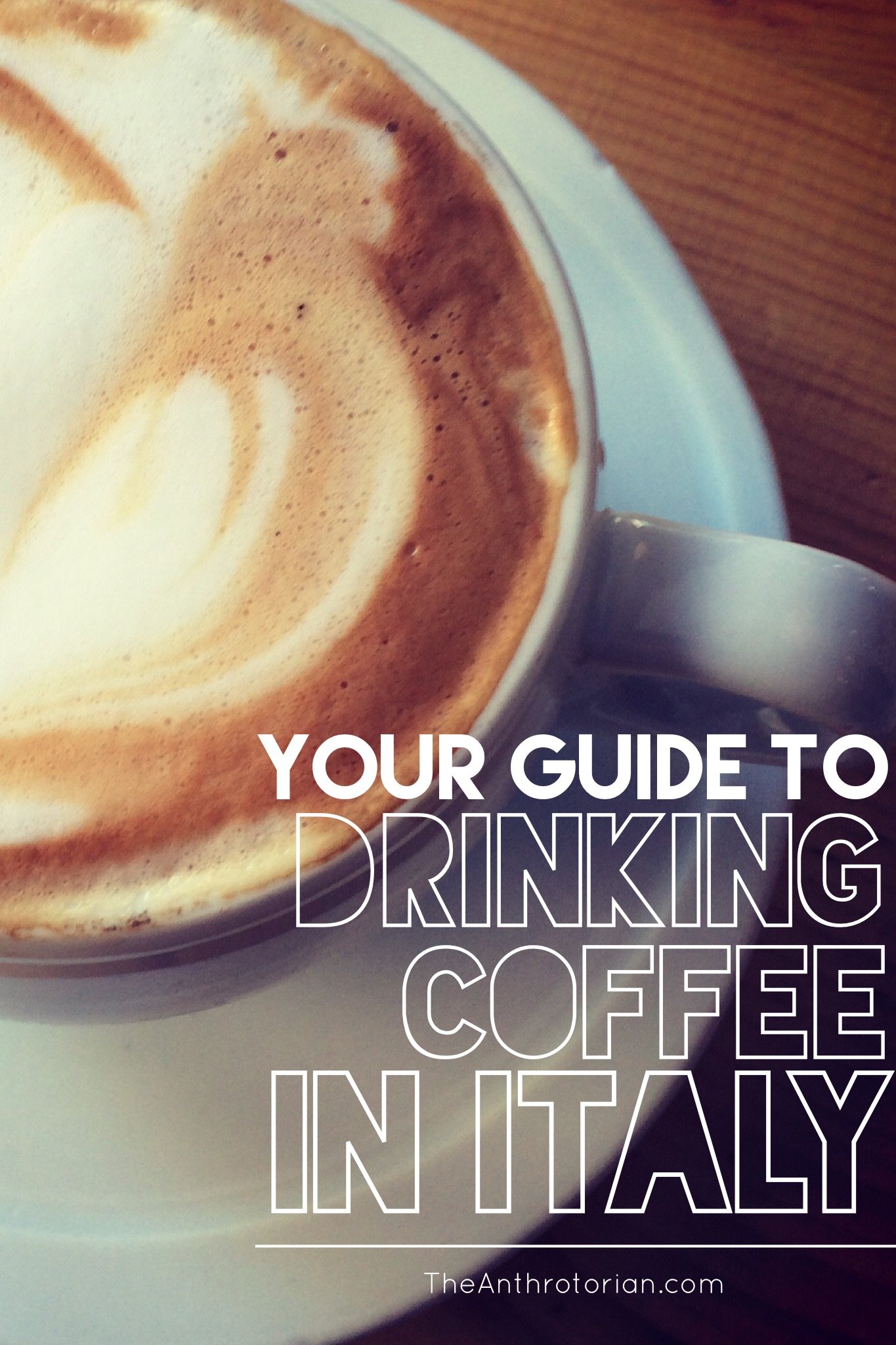Yup, there are a lot of scary viruses that you can get from those tiny little bloodsucking bugs that can be found all over the world. But is that going to stop you from traveling? Probably not. So, instead of staying at home and never leaving your bed, the best thing to do is to learn what these diseases are and how to protect yourself from them.
Read More7 Things That Can Kill You In Canada
Virus carrying mosquitoes, microscopic poisonous spiders, giant man-eating bears... there are a lot of things that can kill you when you are traveling. Especially when you aren't aware of them. Every country you visit has dangers that you may never encounter, but are important to at least know about.
Read MoreNot A Gambler? Here Are 8 Things To Do In Vegas If You Don’t Like Gambling
Las Vegas is a magical place. The lights are always sparkling, nothing closes, there are no clocks anywhere, sequins is welcome day or night, free drinks abound, superstars grace multiple stages nightly — anything seems possible. It’s a Disneyland for grownups.
Read MoreTravel Tale: Drinking Ice Cold Soda Out Of A Plastic Bag In Honduras
One of my first international adventures took me to some small towns in Central Honduras, definitely well off the tourist trail. Everything was new — the language, the donkey’s wandering the street, the cobblestones, the jungle, and the food.
Read MoreInterview With World Traveller and Filmmaker Jacob Laukaitis
I love connecting with fellow travellers and seeing where they come from, what they are up to, how they sustain their lifestyle, and how they are sharing their experiences with the world! If you know someone who has a story to tell, contact me and they may be featured in a future post!
Read More5 Things To See In The Marrakesh Medina
Are you looking for things to do in Marrakesh? You've come to the right place!
In between getting lost in the maze of narrow streets bordered by red walls draped in vibrant, hand-dyed carpets, there are some incredible places to see and experience in Marrakesh! Here are five of my favourite spots.
1. Djemma el-Fna
I had heard that Djemaa el-Fna, the gigantic main square in Marrakesh, was an open-air theatre full of action, entertainment and general hoopla, but words can not describe what was waiting for me when I wandered there one night as the sun was setting.
The chaos that greets you has been non-stop since the square was the site of public executions in AD 1050 (the name means "assembly of the dead"). It is such an incredible collision of Moroccan culture that UNESCO declared it a "Masterpiece of World Heritage" in 2001.
Camera at the ready and all senses on alert, I walked past snake charmers right out of an Indiana Jones flick blasting oboes to calm hissing cobras, fully veiled female henna tattoo artists would suddenly appear beside pulling me towards their stools, and monkeys on leashes that sat obediently next to the feet of their owners.
Stalls piled high with figs and oranges were lit by hanging lights and seemingly out of nowhere, benches, tables, and cook-tops appeared where chefs were prepping fragrant traditional meals that would break the Ramadan fast for the day. (Apparently what I saw was tame compared to what occurs outside of the month of Ramadan.)
Surrounding restaurants open their rooftops to tourists — the perfect spot to enjoy the show!
2. Bahia Palace
This gorgeous, historic palace has floor-to-ceiling decoration that was begun in the 1860s by Vizier Si Moussa and then was completed between 1894 and 1900 by Vizier Abu 'Bou' Ahmed. It has been home to rulers, warlords and French colonizers, but now lies empty — other than the tourists that filter through daily, of course.
The incredible pointed, gilded, and inlaid ceilings will have you looking up in the Grand and Petit Courts, but don't forget to look down at the incredible mosaic floors, and stunning doorways. There are multiple courtyards and rooms to stroll though, but no furniture remains.
Though you can't visit the entire 8 hectares and 150 rooms, the opulent harem rooms are open to the public.. This is where Vizier Abu 'Bou' Ahmed kept his four wives and 24 concubines.
3. Dar Si Said
Only a short walk away from the Bahia Palace (there are signs to help you navigate), this incredible structure showcases the city's riad architecture and is the home to a spectacular painted wedding-chamber dome.
It houses the Museum of Moroccan Arts, and has an incredible collection of historic artifacts from all over the country.
Because it is located off the beaten path, it doesn't get the same amount of traffic that a lot of other sites get, but it is well worth a visit. Make sure not to miss the beautiful central garden!
4. The Souq
I rarely get lost when I am in a different city. As long as I have a map with me, I can usually find my way out of a wrong turn pretty easily. In the souq (market) in Marrakesh however, I didn't stand a chance. I attempted to navigate the winding, twisting alleyways multiple times and each time ended up completely lost surrounded by carpets, cushions, lanterns, spices, and shoes.
The colours, smells, and shiny objects overflowing from the stalls around me were only slightly more distracting than the shop owners calling out to get my attention in any way possible.
It was a completely disorienting, adrenaline-pumping, five-sense engaging experience that I have never had in a market anywhere else in the world!
5. Hammam
I encourage all visitors to Morocco to skip a tourist spa and experience a public hammam (public bathhouse). Entry fees are cheap — $3.00-5.00 — and all you need to bring is a towel! Soap is available to purchase if you want (I highly recommend it as it makes your skin really soft), but you are welcome to bring your own.
Most locals strip down entirely, but you can leave your underwear on if that makes you more comfortable. You will then be taken to a big tile room with the other hammam-ers (don't worry, the sexes are separated), be given a pail to fill up with water, and you can then sit or stand and scrub yourself clean, rinsing as needed.
Why not just have a shower at home, you ask? For the experience of course! Morocco is essentially a desert, and so public hammams are a way for locals to save water and money. AND, for just a few extra dollars you can pay to have a gommage (scrub) where one of the attendants will scrub you from head to toe — an AMAZING experience!!
Related Posts
Travel Tips: Words You Should Know In The Local Lingo
The reality is that most of us who travel know one language really well — our own. Well there are exceptions out there, most of us only know the basics of one or two other languages (if we are lucky), and often have no clue how to speak the local lingo in the country we are travelling to.
I have found that with an warm smile and some body language, you can communicate almost anything, but I do make a point of writing myself out a cheat sheet of useful words and basic phrases in the foreign language to carry around in my pocket.
Here's my list of words and phrases that you should try and know in the local dialect (or at least have written out for quick reference) no matter where you are travelling.
HELLO
It is good practice to note the polite form of a greeting. This will show that you respect the person you are talking to and will (hopefully) make them a little more willing to help you out. For example, in Korean, you might say "annyeong" to someone you know well, but the polite form would be "annyeong haseyo".NO
The easiest way to drive away a persistent street vendor, scam artist, or unwanted tour guide is to say a firm "no" to them in their own language.YES
On the other hand, you will need to say "yes" if you want to accept help or answer a question.
NOTE: Nodding and shaking your head will not work universally for "yes" and "no". In some countries it means the opposite, and in others it means something totally different.HOW MUCH?
Very helpful when bartering in foreign markets. Though, you will also need a cheat sheet of numbers so you understand the answer. If you are too worried about memorizing numbers, have a pen and a piece of paper handy so you can barter on paper.DO YOU SPEAK ENGLISH?
I have found that just pointing at yourself and saying "English?" works too, but this is the more composed way to ask.THANK YOU
Being polite will get you everywhere.EXCUSE ME/SORRY
Good to know for when you inevitably make a cultural blunder.CHEERS!
It helps to know what to say when clanking glasses together at the local watering hole!
FOR PEOPLE WITH ALLERGIES: I don't have allergies, so have never had to worry about this, but if you do make sure that you have all the things that you are allergic to written out in the language of the place you will be visiting. You need to be able to hand it to anyone at a restaurant so that they understand exactly what you can't eat.
ALSO: It is pretty important to know the words for "men" and "women" so that you are able to tell which bathroom to walk into. Not everyone uses pictures — trust me, I know.
Well this list is not going to get you through every situation that arises, in my experience, it is all you need for initial encounters and to show that you are attempting to communicate in a language that is not your own. I find that even an attempt will warm people to you, and they will be more patient when you haul out the actual phrase book and try to have a more in depth conversation.











